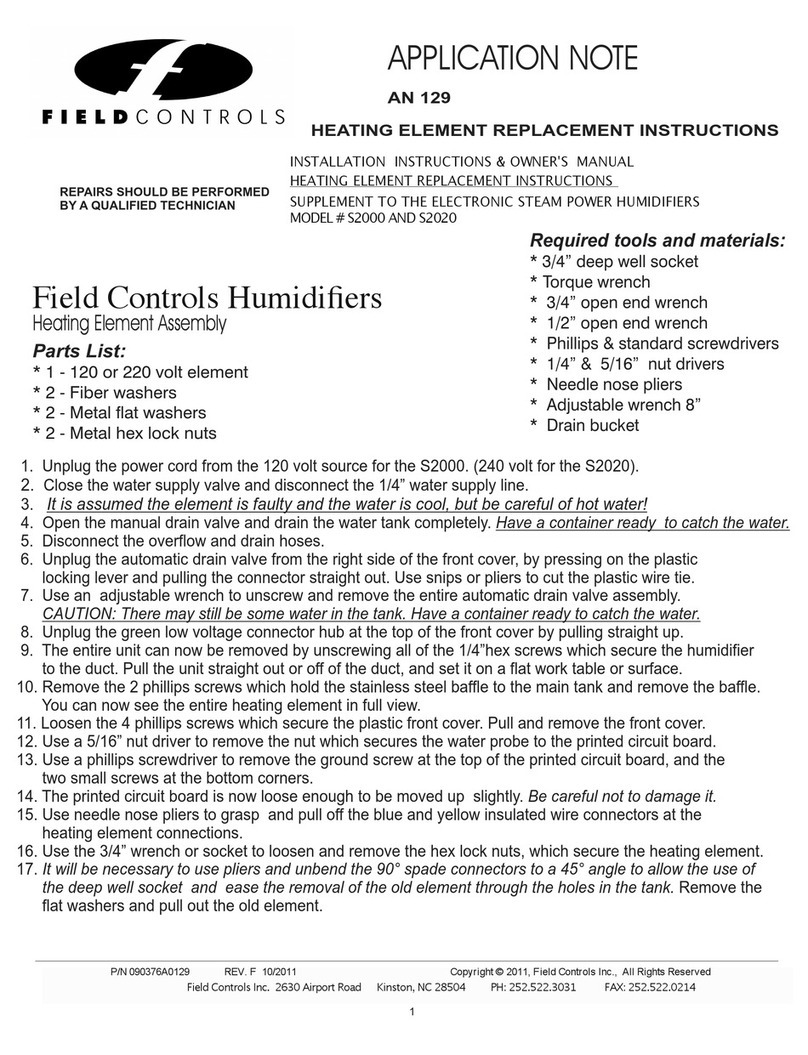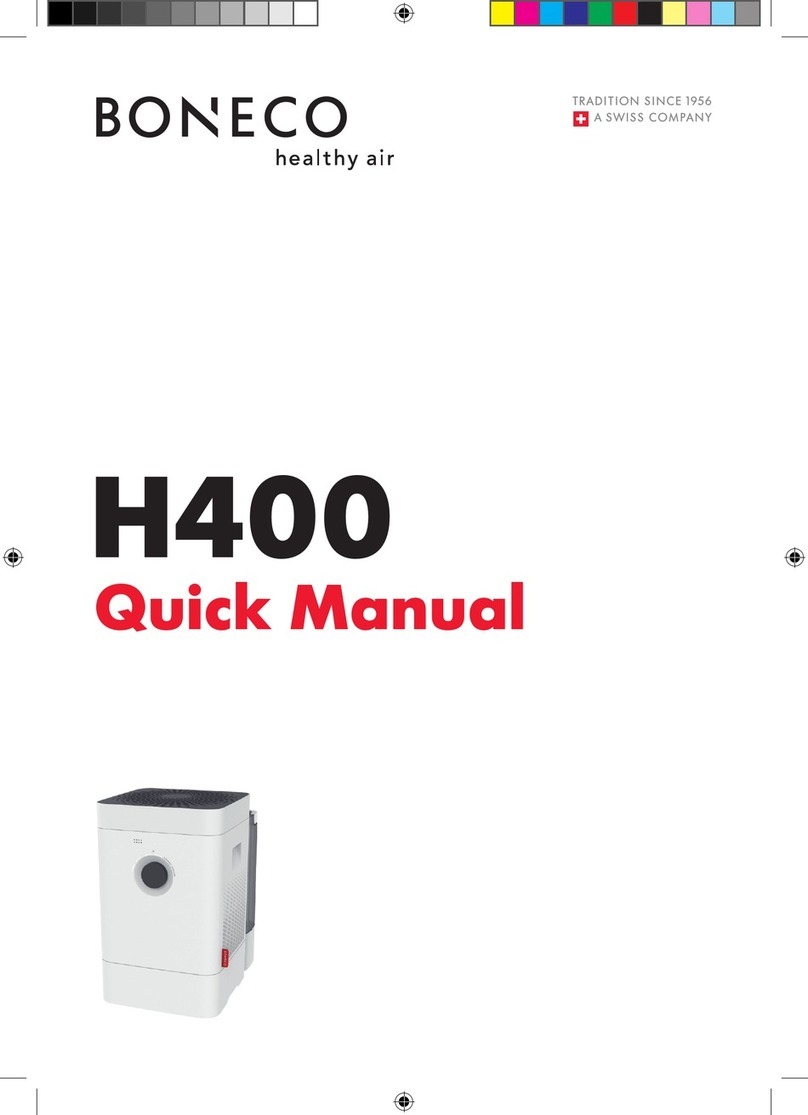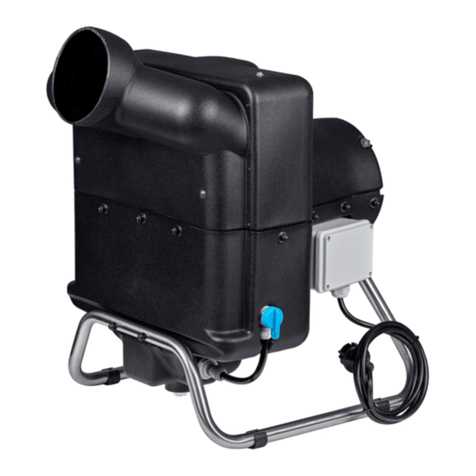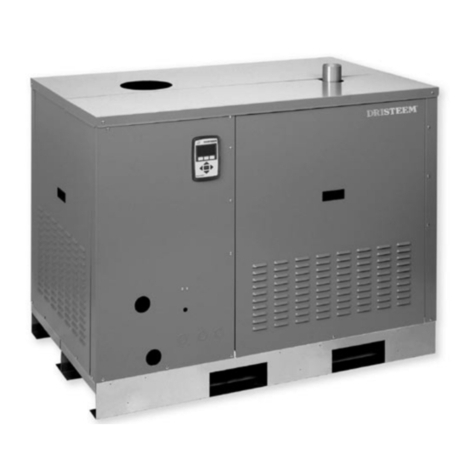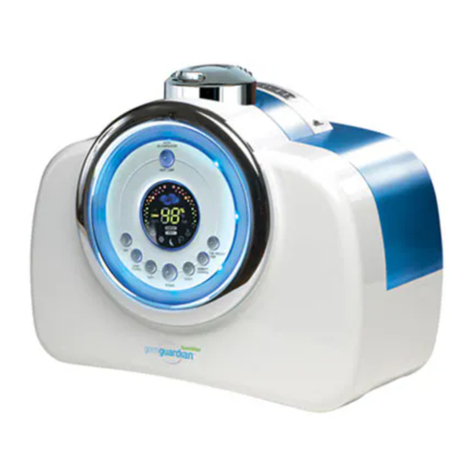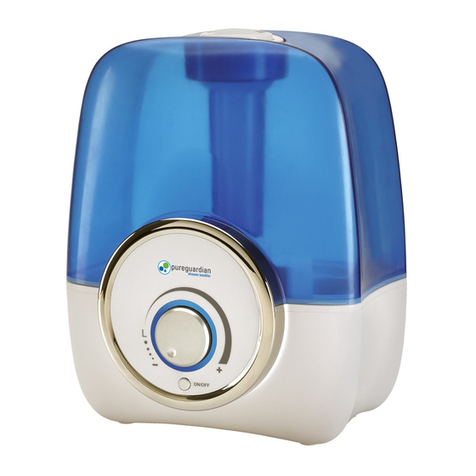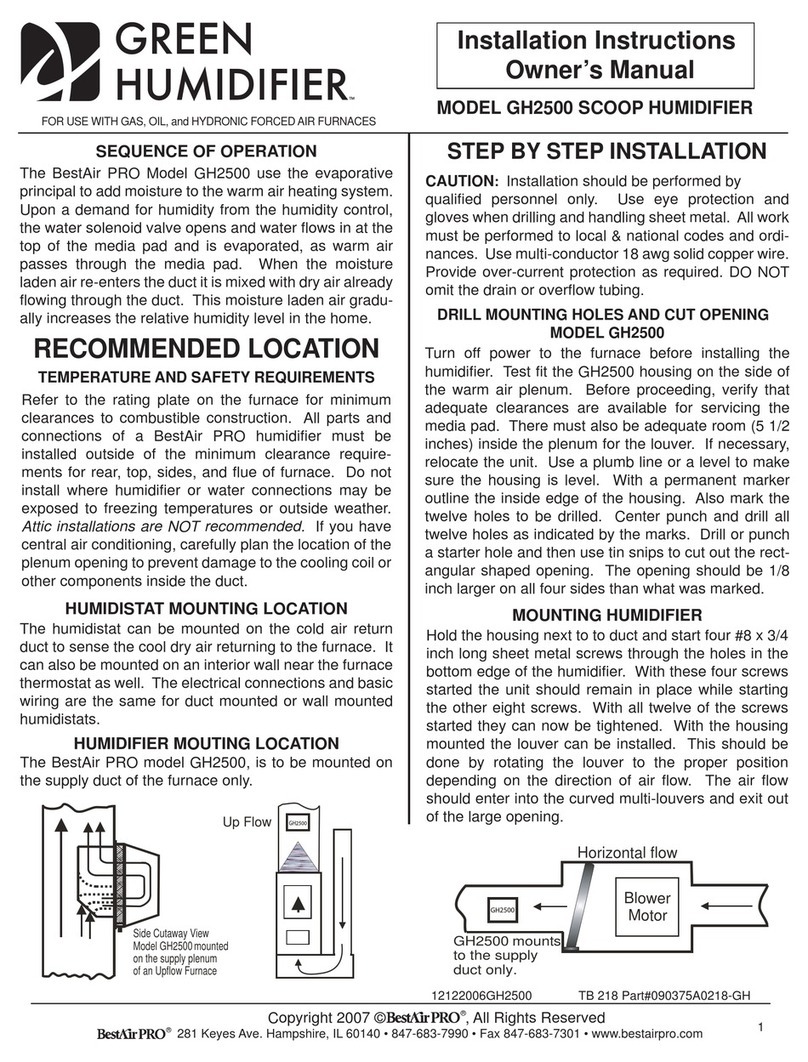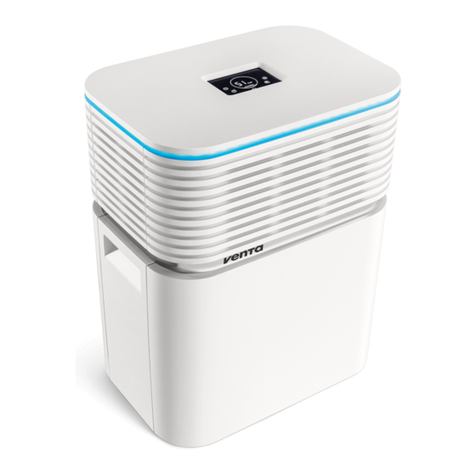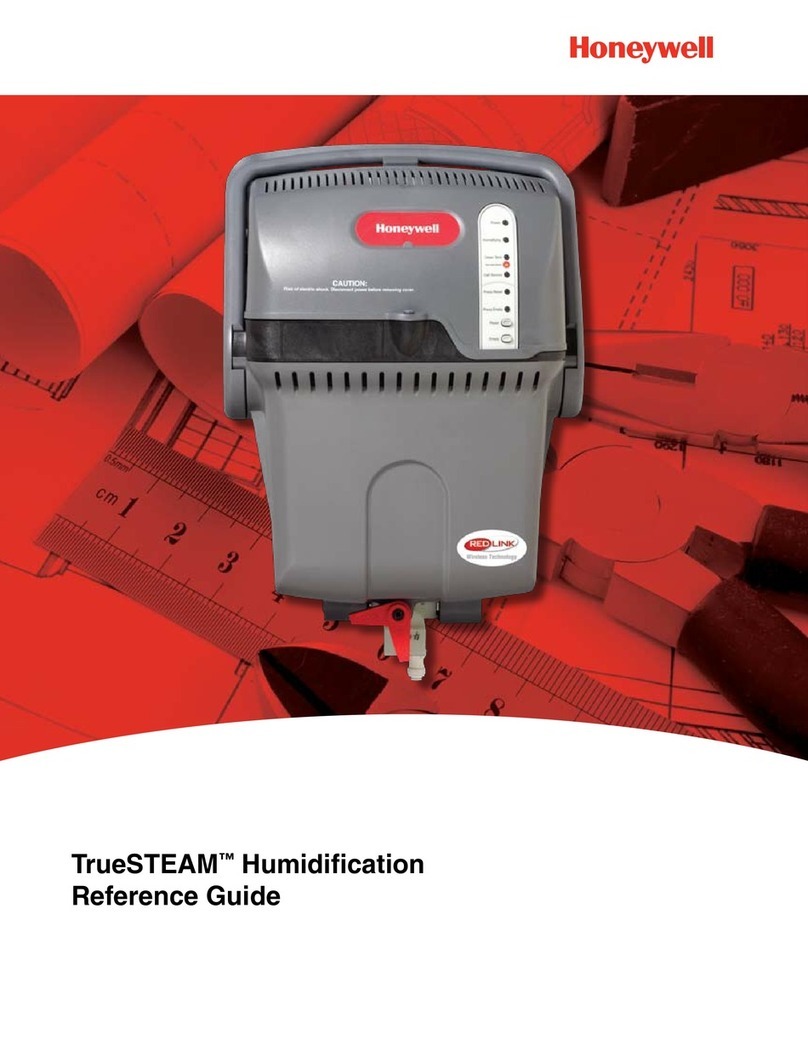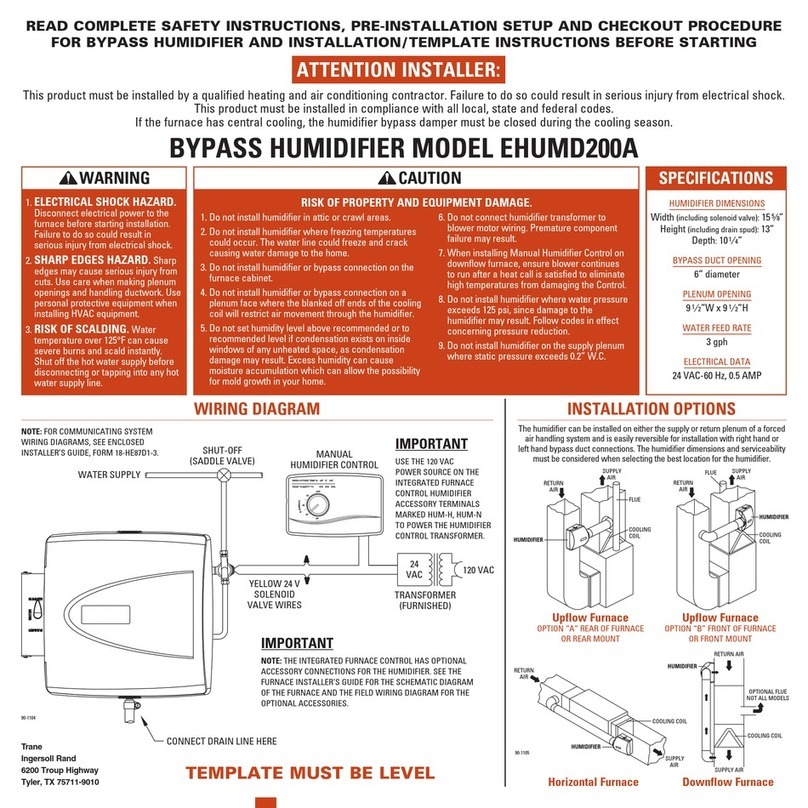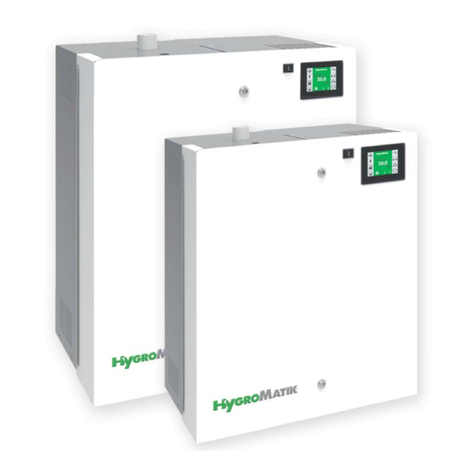
Rev. B
Principle of Operation
The Heated Humidifier utilizes a temperature-regulated water chamber to add water
vapor and heat to inspiratory gas. Heated Humidifiers provide more humidification
than passive Heat/Moisture Exchangers (HMEs), and generally deliver an absolute
humidity level of 33-44 mg H2O/L (at 34-41°C) at the patient exhalation valve.
Indications for Heated Humidification
Heated humidification is recommended for every patient receiving invasive ventilation
and is also suggested for non-invasive ventilation (NIV). The longer the anticipated
duration of ventilation, the more important heated humidification becomes.
Precautions and Warnings
• Position the humidifier below the bed, so that any condensate drains away
from the patient.
• Position the water trap so that it is at the lowest point of the breathing circuit,
and check it frequently to avoid overflowing.
• Monitor the patient circuit to assess whether adequate humidity is being
delivered, particularly when ventilating at higher flow rates (>40 LPM).
• To reduce the chance of infection, always appropriately dispose of
condensate collected in the water trap and ensure that the water chamber is
cleaned regularly.
• Temperatures on the PWR Lv. chart correspond to the temperature of the
heater plate; the airway temperature is usually 40-60% cooler.
• Never touch the heater plate of the humidifier when it is hot.
• Always fill the water chamber with distilled water.
• Do not fill the water chamber above the maximum level mark (300 cc).
• Always use appropriate mains power (200-240 VAC).
Alarms and Safety Features
o
Over-Heat Protection
: If the heater plate temperature exceeds 95oC, the High
Temperature Alarm will activate, the display will read “H”, and the heater will
automatically shut off to protect the patient.
o
Low Temperature Alarm
: When the temperature set is less than 5oC, the alarm
will activate, and power may be discontinued at any time.

